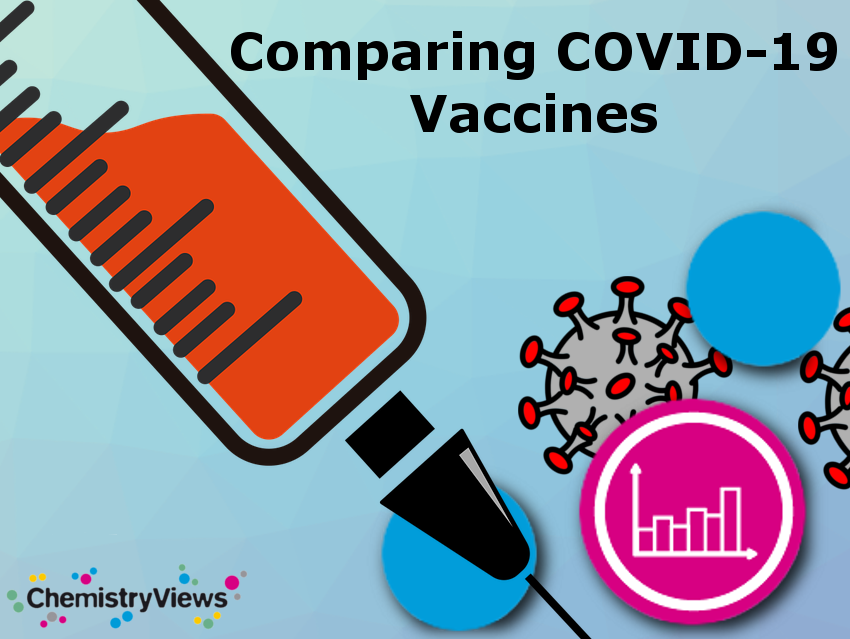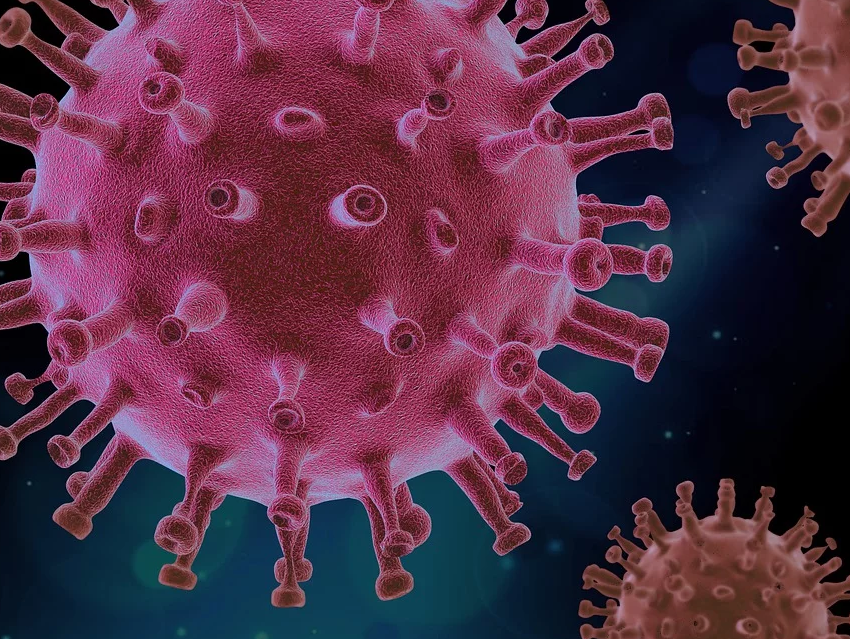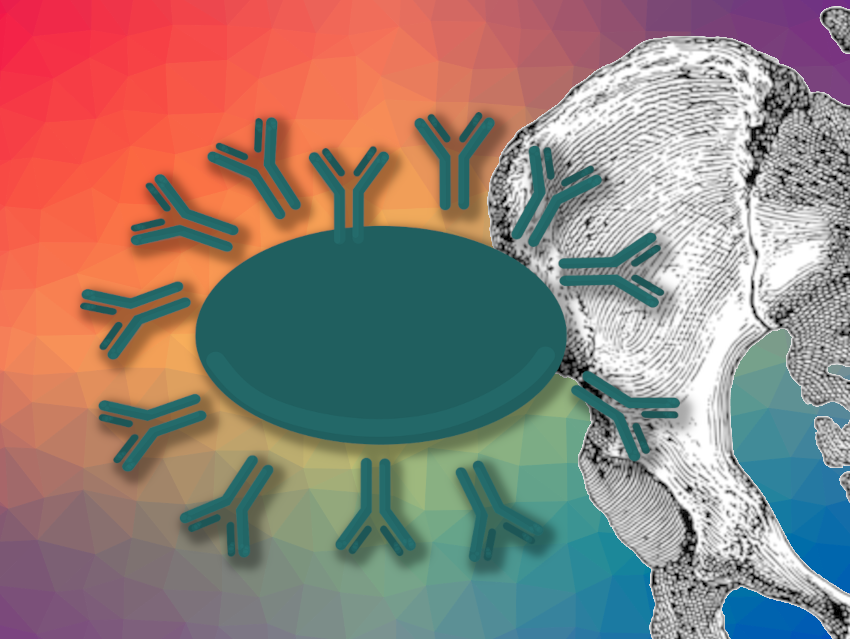Successful vaccines provide long-term protection against infections by inducing long-lived antibody-secreting cells that continuously release protective antibodies into the blood, so-called long-lived plasma cells (LLPC). Upon vaccination, antibody-secreting cells are generated. A fraction of them is stored in the bone marrow, where they reside as short-lived plasma cells (SLPC) with lifespans of days to weeks or as LLPC that survive for years to decades.
Efforts to develop a vaccine during the COVID-19 pandemic have demonstrated that long-term immunity is not easy to achieve. Even though SARS-CoV-2 mRNA vaccines protect against severe disease, they are inefficient in providing durable protection against infection. Antibody levels drop three to six months after vaccination, and breakthrough infections (infection despite complete vaccination) and reinfections are common. This suggests that SARS-CoV-2 mRNA vaccines may fail to induce LLPC.
F. Eun-Hyung Lee, Emory University, Atlanta, GA, USA, and colleagues have investigated whether SARS-CoV-2 mRNA vaccines induce LLPC by sampling the bone marrow of 19 individuals up to 33 months after vaccination. The team then measured the numbers of SLPC and LLPC that are secreting antibodies against SARS-CoV-2—as well as tetanus as a reference—to evaluate the long-term protective immunity provided by the vaccinations.
The researchers found substantial numbers of SARS-CoV-2-specific SLPC, but SARS-CoV-2-specific LLPC were rare. In contrast, tetanus-specific LLPC were frequent and more abundant than tetanus-specific SLPC in all individuals. SARS-CoV-2-specific LLPC were detected in only 35 % of the individuals (and in low numbers), while tetanus-specific LLPC were found for 94 % of the participants. Therefore, according to the researchers, SARS-CoV-2 mRNA vaccines appear to produce mostly SLPC and few LLPC, reflecting the reality of common reinfections and breakthrough infections. Overall, the work highlights the need for improvement of SARS-CoV-2 vaccines and further studies of the underlying mechanisms of LLPC generation.
- The Majority of SARS-CoV-2 Plasma Cells are Excluded from the Bone Marrow Long-Lived Compartment 33 Months after mRNA Vaccination,
Doan C. Nguyen, Ian T. Hentenaar, Andrea Morrison-Porter, David Solano, Natalie S. Haddad, Carlos Castrillon, Pedro A. Lamothe, Joel Andrews, Danielle Roberts, Sagar Lonial, Ignacio Sanz, F. Eun-Hyung Lee,
medRxiv 2024.
https://doi.org/10.1101/2024.03.02.24303242This research has been published as a preprint and has not yet been peer-reviewed.
Also of Interest

Comparing vector vaccines based on adenoviruses and mRNA vaccines

What we know about the coronavirus and COVID-19




